25 Tasty Artisan Lombard Rind Cheeses Worth Discovering
Artisan Lombard rind cheeses represent a culinary treasure rooted in regional tradition and passionate craftsmanship.
Small-batch producers carefully transform milk into remarkable dairy delicacies using time-honored techniques.
Each wheel tells a story of meticulous preparation and deep cultural heritage.
Skilled cheesemakers transform raw ingredients through intricate processes that honor generations of expertise.
Regional landscapes and unique microclimates contribute distinctive characteristics to these remarkable products.
Subtle nuances in texture, aroma, and flavor reflect the complex relationship between environment and artisan skill.
Sophisticated palates appreciate the delicate balance of rustic techniques and refined sensibilities.
Here are 25 remarkable artisan Lombard rind cheeses that showcase extraordinary gastronomic craftsmanship:
Lombard Natural Rind Cheese Types for Curious Cheese Lovers
Lombardy’s natural rind cheeses offer rustic, earthy flavors and an unmistakable character. Explore types that are the pride of northern Italy’s cheesemaking heritage.
Parmigiano Reggiano
Parmigiano Reggiano is a legendary Italian hard cheese with a complex flavor profile crafted from raw, semi-skimmed milk of grass-fed cows.
Medieval Benedictine and Cistercian monks first developed this exceptional cheese while reclaiming wetlands in Italy's Po Valley.
Monks created a preservation technique that allowed cheese to mature for extended periods, developing intensely nutty and slightly sharp taste notes.
Its distinctive gritty texture and rich flavor emerge from careful aging processes spanning multiple years.
Originating specifically in Parma and Reggio Emilia regions, the cheese gained its name through regional identification and potential alphabetical arrangement.
Experts classify Parmigiano Reggiano as one of the world's most prestigious cheese varieties.
Traditional production methods remain strictly regulated to maintain exceptional quality standards.
Regional Italian authorities closely monitor each production stage to ensure authentic Parmigiano Reggiano meets rigorous criteria.
Grana Padano
Grana Padano is a prestigious hard cheese originating from Cistercian monks in 11th-century Italy, rivaling the renowned Parmigiano-Reggiano in quality and taste.
Crafted from unpasteurized, semi-skimmed cow's milk, this exceptional cheese comes in three primary varieties: Grana Padano, Trentin Grana, and Grana Grattugiato.
Monks developed this unique cheese at Santa Maria di Rovegnano Abbey in Chiaravalle Milanese, establishing a rich culinary tradition.
Production involves careful aging processes, with three distinct maturation stages: standard Grana Padano (9-16 months), Grana Padano Oltre 16 mesi (over 16 months), and the premium Grana Padano Riserva (over 20 months).
Each stage enhances the cheese's complex flavor profile and texture.
Grana Padano Oltre 16 Mesi
Grana Padano Oltre 16 mesi represents an exceptional Italian hard cheese aged between 16 to 20 months, developing a distinctive crumbly texture perfect for grating over various dishes.
Its complex flavor profile delivers more herbal and milky notes compared to younger versions, with increased acidity and subtle nutty undertones.
Cheesemakers carefully craft this specific variety to enhance its melting qualities and smooth palate experience.
Italians recommend pairing this mature cheese with fresh strawberries and black pepper for a balanced taste sensation.
Regional producers select premium cow's milk to create this premium cheese variation.
Quality controls ensure consistent texture and flavor throughout the aging process.
Cheese connoisseurs appreciate its rich, nuanced characteristics.
Grana Padano Oltre 16 mesi stands as a premium example of sophisticated Italian dairy craftsmanship.
Gorgonzola Dolce
Gorgonzola dolce is a smooth, creamy Italian blue cheese with distinctive blue-green veins that set it apart from other varieties.
Originating in northern Italy, this cheese transforms pasteurized cow's milk into a mild, sweet delicacy through a careful 45-day aging process.
Its natural moldy rind protects a buttery interior that melts effortlessly on the tongue, offering rich and complex flavors.
Wine enthusiasts often pair this cheese with Vin Santo or Champagne to complement its delicate profile.
Blue veins running through the soft paste create a unique visual and taste experience.
Gorgonzola dolce differs significantly from its sharper cousin, Gorgonzola piccante, by maintaining a gentler, more approachable flavor.
Cheesemakers carefully monitor the aging process to ensure optimal texture and taste.
Milk from specific regions in northern Italy contributes to its distinctive character and smooth consistency.
Gorgonzola Piccante
Gorgonzola piccante represents a bold Italian blue cheese distinguished by its intense, spicy flavor profile crafted from pasteurized cow's milk.
Aged a minimum of 80 days, this pungent cheese develops distinctive blue veins running through its compact, crumbly texture beneath a natural moldy rind.
Its sharp and creamy taste stands in stark contrast to the milder Gorgonzola dolce variant, delivering a powerful sensory experience.
Rich aromas suggest complex spice notes that challenge mild palates.
Northern Italian cheesemakers carefully craft this specialty in specific regions of Lombardy and Piedmont.
Cheese connoisseurs frequently pair Gorgonzola piccante with robust beverages like rum, port, or mead.
Professional sommeliers recommend serving it at room temperature to maximize its nuanced flavor characteristics.
Culinary experts often incorporate this cheese into sophisticated salads, pasta dishes, and gourmet appetizers.
Bitto
Bitto is a prestigious alpine cheese from Lombardy's Valtellina valley, uniquely crafted through ancient Celtic shepherding techniques combining cow and goat milk.
Mountain shepherds developed this semi-hard cheese generations ago after Romans pushed them into rugged highlands.
Aged between 40 days and 3 years, Bitto transforms from a mild, white, soft giovane variety to a complex, intense flavor profile with increasing maturation.
Goat's milk comprises 10-20% of its composition, enhancing its distinctive character.
Artisan cheesemakers carefully monitor aging processes to develop nuanced taste variations.
Regional traditions deeply influence its production methods.
Each wheel reflects generations of mountain dairy expertise.
Small-batch production ensures exceptional quality and authentic taste.
Bagoss
Bagoss are premium alpine mountain cheeses from Brescia, Italy, crafted exclusively in Bagolino village using raw Bruna Alpina cow milk with distinctive saffron-infused golden coloration.
Mountain shepherds carefully age this cheese for 12-36 months, developing complex flavor profiles blending savory grassland notes with subtle nutty undertones of chestnuts and walnuts.
Small-batch production ensures remarkable quality and intense taste characteristics unique to this region's traditional cheesemaking techniques.
Regional artisans carefully break curds and add saffron during production, creating a smooth exterior and rich interior texture.
Professional cheese experts recommend consuming Bagoss at room temperature to maximize its nuanced flavor experience.
Traditional preparation methods highlight generations of alpine dairy expertise passed through centuries.
Serious cheese enthusiasts consider Bagoss a premium regional delicacy reflecting Brescia's exceptional dairy heritage.
Skilled mountain producers continue protecting this exceptional cheese's traditional manufacturing process.
Provolone Valpadana
Provolone Valpadana is a stretched-curd cheese originating from Southern Italian migrants who settled in Northern Italy during the 1800s, bringing their dairy farming expertise and cheese-making traditions.
Southern immigrants introduced this unique cheese technique to the Po Valley, creating a product now recognized across Italy with two distinct flavor profiles: Dolce (sweet) and Piccante (piquant).
Whole cow's milk forms the base of this cheese, which can also be smoked (Affumicato) for additional complexity.
Provolone Dolce matures for 2-3 months, offering a gentle flavor perfect with young, fruity wines.
Provolone Piccante develops for at least 4 months, resulting in a sharper, more intense taste that pairs beautifully with aged red wines.
Traditional production methods involve carefully stretching and shaping the cheese, which contributes to its distinctive texture and appearance.
Gorgonzola
Gorgonzola is a distinctive Italian blue cheese originating from Lombardy in 879 CE, renowned for its unique green-blue mold marbling created by penicillin spores.
Cow's milk forms the base of this creamy cheese, which comes in two primary varieties based on aging time.
Gorgonzola Dolce matures for two months, offering a mild, buttery flavor with soft, smooth textures.
Gorgonzola Piccante develops a more intense, pungent taste after aging at least three months, presenting a firmer, crumbly consistency.
Artisan cheesemakers carefully inoculate milk to produce its signature blue veining.
Milan's surrounding region remains the traditional production area for this iconic cheese.
Regional techniques and specific milk qualities contribute to Gorgonzola's distinctive characteristics.
Italian culinary traditions have preserved this cheese's exceptional reputation for centuries.
Grana Padano Riserva
Grana Padano Riserva represents an elite Italian hard cheese aged meticulously over 20 months, developing intensely concentrated nutty and savory flavors beyond standard cheese varieties.
Its extended aging process creates a complex profile with pronounced protein crystals that deliver a satisfying crunch throughout the cheese's rich body.
Cheese connoisseurs prize this version for its deep, robust characteristics that emerge from prolonged maturation in carefully controlled environments.
Significant differences from younger Grana Padano include a more oily texture and dramatically enhanced flavor complexity.
Exceptional pairings include ripe pears and Madagascar vanilla, which complement its profound taste profile.
Wine enthusiasts recommend matching Riserva with full-bodied red wines that can stand up to its strong personality.
Regional Italian traditions celebrate this cheese as a premium gastronomic experience.
Sophisticated palates appreciate its nuanced depth and remarkable textural qualities.
Grana Padano 9-16 Mesi
Grana Padano 9-16 mesi represents a milder, younger cheese variant aged between 9 and 16 months.
Italian dairy farmers carefully craft this cheese with traditional techniques in northern Italy's Pianura Padana region.
Milk from grass-fed cows creates its distinctive smooth texture and lighter flavor profile.
Subtle notes of butter and field flowers characterize its delicate taste.
Softer and more elastic compared to older Grana Padano varieties, this cheese melts beautifully on dishes.
Cheesemakers produce it with strict quality controls and regional certification.
Each wheel undergoes careful aging to develop its unique characteristics.
Regional traditions and generations of expertise contribute to its exceptional quality.
Valtellina Casera
Valtellina Casera represents a classic Italian cheese born from centuries of Lombardian dairy craftsmanship in Valtellina valley.
Originating in the 1500s, this semi-hard cheese develops a distinctive straw-colored rind with a white to pale yellow interior.
Farmers traditionally combined evening and morning milk through a careful skimming process that creates its unique flavor profile.
Derived from Latin words for cheese, Casera gets its name from the storage cellars where wheels mature and develop complexity.
Mountain pastures contribute to its sweet taste with subtle dried fruit undertones that intensify during aging.
Cooperative dairies perfected production techniques over generations, ensuring consistent quality and regional character.
Cheesemakers carefully monitor ripening to achieve the perfect balance of texture and flavor.
Valtellina Casera reflects generations of Italian dairy expertise and regional agricultural traditions.
Formai De Mut Dell’Alta Valle Brembana
Formai de Mut is a distinctive raw cow's milk cheese from Lombardy's Brembana Valley, crafted in two unique variants based on seasonal production locations.
Mountain pasture summer cheese (d'Alpeggio) offers richer flavors from alpine grazing herds compared to winter valley cheese (Fondovalle).
Protected within Parco delle Orobie Bergamasche, this semi-hard cheese reflects traditional mountain dairy techniques.
Bergamo province shepherds carefully produce wheels using centuries-old methods.
Milk quality depends directly on cow diet and elevation.
Alpine meadows contribute complex mineral notes to cheese texture.
Each wheel represents local shepherding heritage.
Regional regulations ensure authentic production standards.
Branzi
Branzi cheese emerges as a rich, creamy dairy treasure from Italy's Bergamo region, crafted exclusively from milk of local Bruna Alpina cows grazing on mountain herbs and grasslands.
Mountain shepherds traditionally produced this cheese during summer months, though modern techniques now enable year-round manufacturing.
Small-scale dairy farmers carefully transform raw milk into wheels with a semi-hard texture and mild, slightly tangy flavor profile.
Each wheel develops a natural golden-yellow rind that hints at its alpine origins.
Regional cheesemaking traditions deeply influence Branzi's unique characteristics and production methods.
Traditional processing involves specific aging techniques that enhance its smooth, buttery consistency.
Family dairy operations in Bergamo continue preserving this regional specialty with time-honored techniques.
Italian cheese enthusiasts prize Branzi for its balanced taste and authentic mountain heritage.
Quartirolo Lombardo
Quartirolo Lombardo is a rectangular, brine-washed cheese with deep roots in northern Italy's Lombardy region, emerging from centuries-old dairy traditions.
Farmers originally crafted this cheese during summer months using milk from cows grazing on quartirola, the most fragrant fourth hay harvest before winter.
Medieval records trace its origins to the 10th century, when it was first known as Stracchino Quadro among local shepherds.
Italian cheesemakers now produce this soft, mild cheese year-round with careful techniques passed through generations.
Production involves specific brining processes that create its distinctive rectangular shape and smooth texture.
European Union regulations protect its traditional preparation methods and geographic authenticity.
Quartirolo Lombardo carries subtle grassy notes reflecting its pastoral origins in Lombardy's rich agricultural landscape.
Italians typically enjoy this cheese as a fresh appetizer or light meal accompaniment, appreciating its gentle flavor profile.
Storico Ribelle
Storico Ribelle represents an extraordinary alpine cheese from Valtellina with exceptional aging potential spanning decades.
Mountain pastures contribute to its distinctive flavor profile from raw cow and goat milk blended carefully.
Dairy herds graze high elevation grasslands during summer months, producing rich milk with complex characteristics.
Wheels develop a hard, dry texture with fine visual eyes and intricate taste sensations.
Aging processes range from 70 days to incredible 10-year periods, creating intense grassy and floral aromas.
Traditional production methods preserve generations of cheesemaking expertise in northern Italy.
Regional techniques ensure each wheel develops remarkable depth and complexity.
Small batches guarantee premium quality and authentic mountain cheese traditions.
Tombea
Tombea cheese originates from Lombardy's mountainous Val Vestino region, embodying rich pastoral traditions with its distinctive raw cow's milk composition.
Mountain-dwelling herds provide exceptional milk for this rustic cheese, creating a complex flavor profile prized by regional dairy experts.
Carefully crafted wheels develop a hard natural rind that transforms from yellowish to deep brown during aging.
Small-batch production ensures each cheese wheel maintains exceptional quality and authentic characteristics.
Artisan cheesemakers follow generations-old techniques that preserve milk's original nuances and terroir.
Texture ranges from firm to slightly crumbly, offering a robust taste reflecting high-altitude grazing conditions.
Wheels typically mature for several months, intensifying their unique flavor complexity.
Local farmers consider Tombea a cherished representation of their regional culinary heritage.
Bella Lodi
Bella Lodis stands out as a distinctive hard Italian cheese distinguished by its unique black rind, created through a traditional hand-coating process using grape seed oil, carbon, and umber clay.
Produced in Parco Adda Sud's ancient dairy farm, this cheese emerges from pure cow's milk with an intense aromatic profile.
Artisan cheesemakers carefully craft each wheel, developing its signature flaky and grainy texture.
Nicknamed Black Parmesan, Bella Lodis showcases a striking appearance that sets it apart from conventional Italian cheeses.
Regional farmers follow generations-old techniques to achieve its complex flavor and unusual coloration.
Skilled dairy experts age the cheese to enhance its rich taste and crumbly consistency.
Each wheel reflects meticulous craftsmanship and deep agricultural traditions.
Connoisseurs prize Bella Lodis for its exceptional sensory experience and historical significance.
Strachitunt
Strachitunt is a rare Alpine cheese from Lombardy's Bergamo province, blending blue cheese intensity with Taleggio's traditional characteristics.
Crafted from Bruna Alpina cow milk collected morning and evening, this unique cheese offers a complex flavor profile balancing savory, creamy, and nutty notes with surprising sweet and grassy undertones.
Belonging to the Stracchino Tondo cheese family, Strachitunt emerges from a traditional cheesemaking process deeply rooted in mountain farming traditions.
Local artisans carefully craft this cheese using time-honored techniques passed through generations.
Aging contributes to its distinctive character, developing rich and nuanced flavors that reflect the region's pastoral landscape.
Mountain pastures and specific cow breed characteristics significantly influence the cheese's remarkable taste.
Each wheel represents a delicate balance of texture and flavor, embodying the essence of Alpine cheesemaking.
Formaggella Del Luinese
Formaggella del Luinese represents a distinctive semi-hard goat cheese originating from Varese province in Lombardy, Italy.
Alpine goat breeds provide raw whole milk for this unique cheese production.
Cheese makers carefully craft the wheels using traditional methods passed through generations.
During initial 20-day maturation, Formaggella develops a mild and sweet flavor profile.
Aging transforms the cheese, gradually intensifying its taste and complexity.
Artisan producers follow strict regional techniques to ensure authentic quality.
Local shepherds select specific goat breeds known for exceptional milk characteristics.
Mountain pastures contribute to the cheese's subtle nuanced flavor and creamy texture.
Scimudin
Scimudin represents a creamy, soft goat and cow's milk cheese originating from Sondrio province in Northern Italy.
Local cheesemakers craft this small, round dairy delicacy measuring 16-22 cm in diameter with a delicate white rind.
Traditionally produced from pure goat's milk when local herds were abundant, modern versions now frequently use mixed or pure cow's milk.
Its smooth, silky interior offers a subtle nutty flavor that melts smoothly on the palate.
Smaller wheels define the classic format, though larger versions called Scimudor or Scimudaa also exist.
Italian dairy artisans carefully age this cheese for a short period, ensuring its buttery texture and mild taste.
Regional Alpine traditions deeply influence its production, reflecting generations of cheesemaking expertise in the Lombardy region.
Silter
Silter is a traditional Alpine hard cheese originating from Val Camonica in Lombardy, Italy, distinguished by its complex flavor profile developed through meticulous aging processes.
Brown Swiss cow milk forms the foundation of this semi-fat cheese, which requires minimum six months of maturation to achieve its signature taste.
Mountain shepherds have crafted Silter since the 1600s, carefully producing wheels with smooth, hard rinds that transition from pale yellow to brownish as they age.
Regional cheesemaking techniques ensure each wheel develops a unique pale to dark yellow interior color reflecting its maturation time.
Skilled artisans select specific cow breeds to guarantee milk quality and flavor intensity.
Younger versions offer milder notes, while aged variants reaching two years deliver more pronounced, robust tastes.
European cheese connoisseurs prize Silter for its authentic Alpine heritage and nuanced characteristics.
Mountain terroir significantly influences the cheese's distinctive sensory experience.
Pannerone
Pannerone presents a distinctive Italian cheese from Lodi characterized by its unique production method of raw cow's milk and cream without salt.
Small dairy producers carefully craft this cheese through a traditional aging process lasting three months.
Its natural rind protects a creamy, grainy interior with open texture.
Rich aromas hint at subtle alcoholic undertones complemented by complex flavor profiles.
Buttery and tangy notes dominate initial tastings, followed by a delicate bitterness.
Sweet nuances emerge during the final moments of sampling.
Smooth consistency sets this cheese apart from similar regional varieties.
Professional cheesemakers consider Pannerone a subtle yet sophisticated dairy product representing northern Italian agricultural traditions.
Bernardo
Bernardois a rare summer cheese from Lombardy distinguished by its unique saffron-infused curds and short aging process.
Mountain farmers carefully craft this fresh cheese using full-fat cow's milk during warm summer months.
Saffron powder transforms the cheese's traditional white color, creating a golden-yellow appearance.
Ripening occurs briefly between 10 to 15 days, ensuring a soft and delicate texture.
Regional cheesemakers follow strict traditional methods passed through generations.
Small dairy farms in mountain regions produce this specialty with exceptional care.
Local regulations protect its authentic production techniques.
Lombardy's alpine terrain contributes to the cheese's distinctive flavor profile.
Nostrano Valtrompia
Nostrano Valtrompia is a prized Italian cheese originating from Brescia's mountainous region with a rich 500-year history.
Mountain farmers carefully craft this extra-hard cheese using semi-skimmed milk from Bruna Alpina cows, creating a unique dairy product with remarkable depth.
Saffron gives Nostrano Valtrompia its distinctive golden color and complex aromatic profile during traditional production processes.
Regional cheesemakers follow generations-old techniques to transform raw milk into a robust wheel with intense flavor characteristics.
Aged for several months, this cheese develops a firm texture and sharp taste that reflects its Alpine origins.
Italian cheese enthusiasts appreciate its strong personality and connection to Lombardian agricultural traditions.
Nostrano Valtrompia pairs excellently with red wines and rustic breads, making it a versatile ingredient in regional cuisine.
Connoisseurs recognize this cheese as a testament to Italy's exceptional artisan dairy craftsmanship.
What Herbs, Grasses, or Flowers Influence the Flavor of Milk Used in Lombard Cheese-Making?
In Lombardy, the rich and diverse alpine pastures where dairy cows graze play a crucial role in shaping the flavor of milk - and consequently the cheese. The natural diet of cows includes a variety of herbs, grasses, and flowers that impart unique aromatic and flavor notes to the milk:
These natural botanical influences are reflected in famous Lombard cheeses like Gorgonzola, Taleggio, and Grana Padano, lending them distinctive regional character and aromatic profiles linked directly to their terroir.

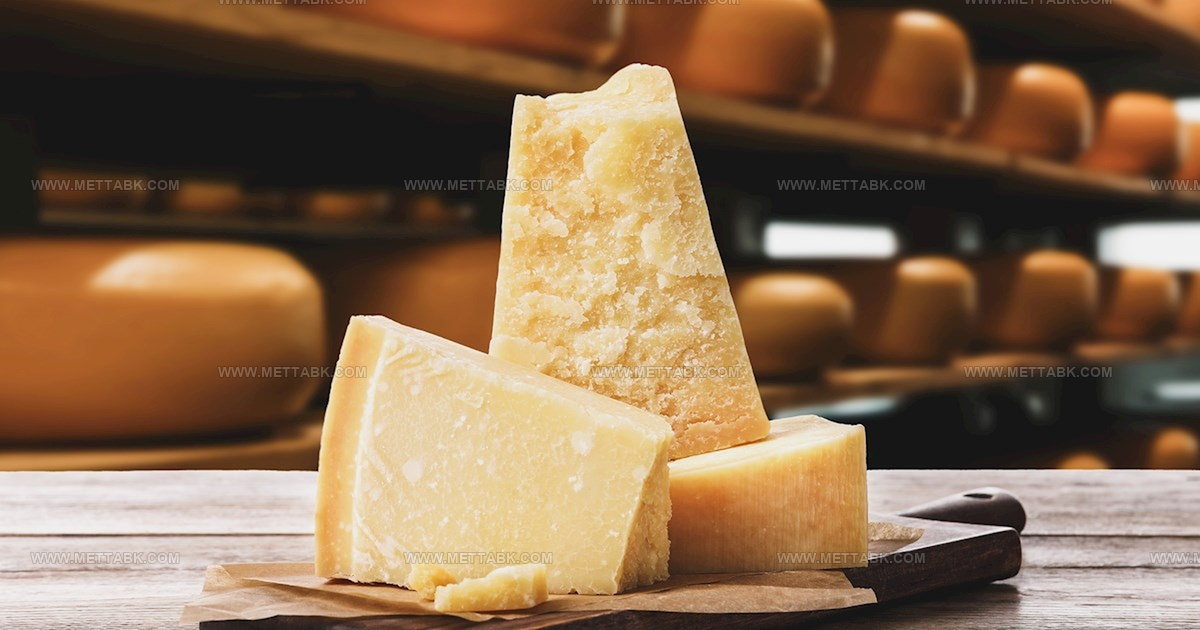
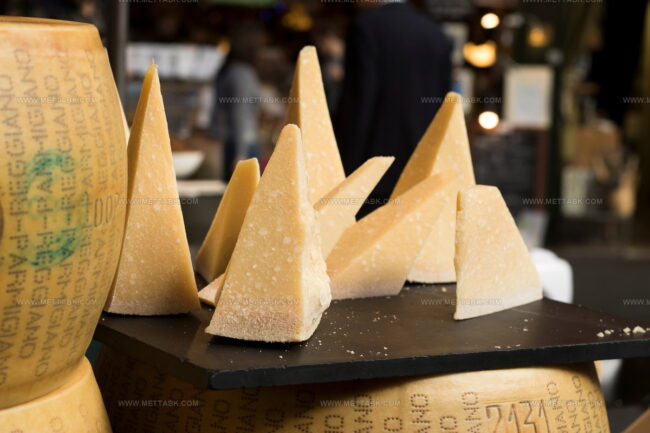
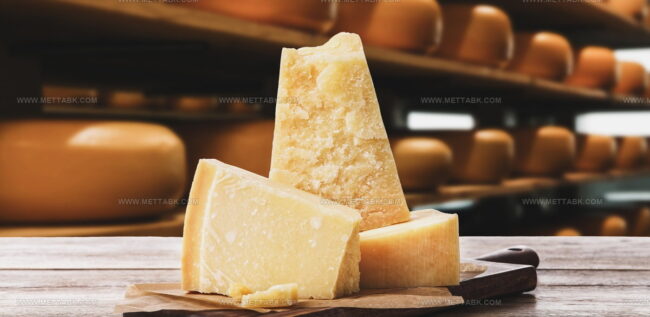
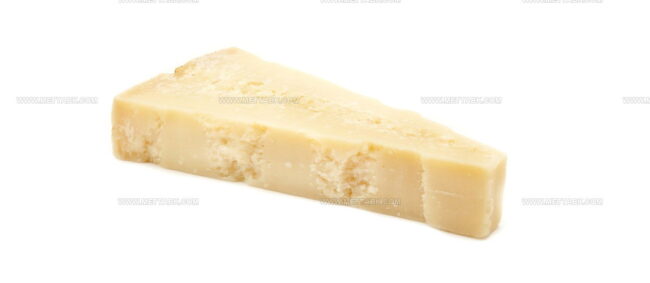
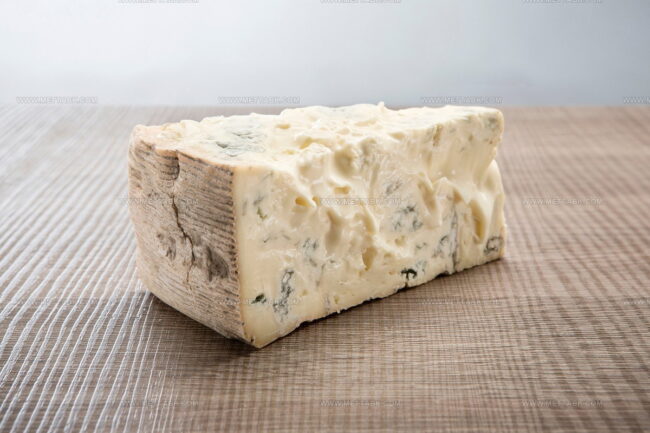
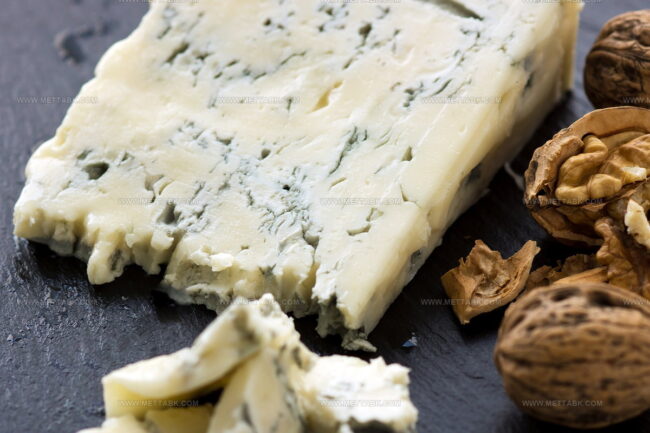

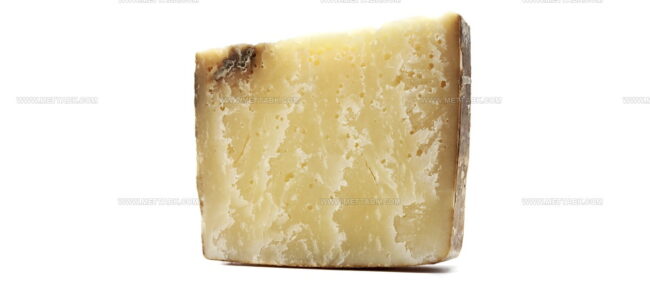
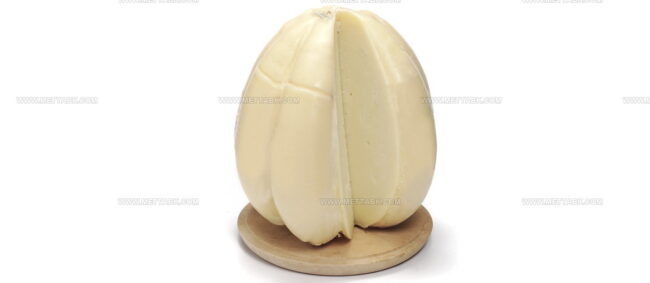
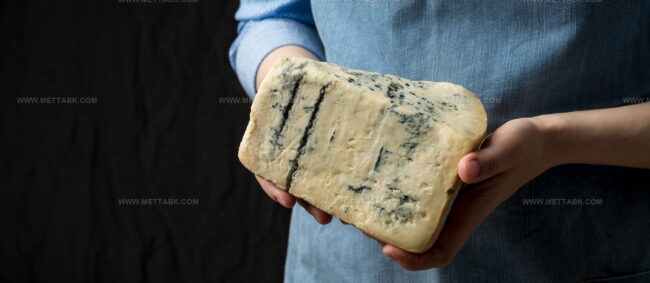
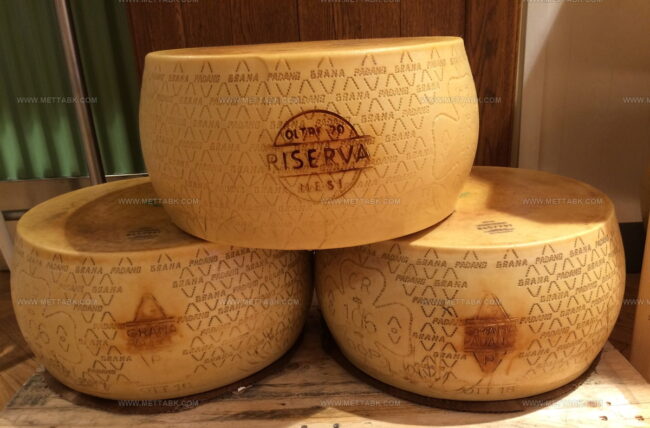
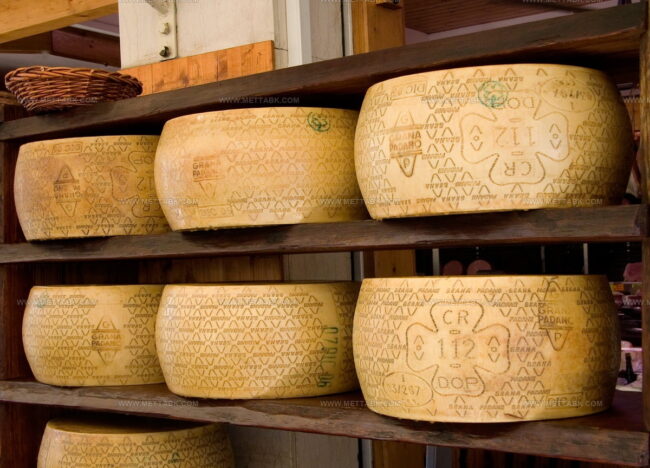
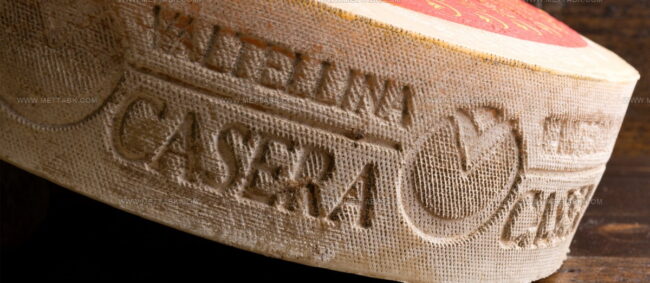
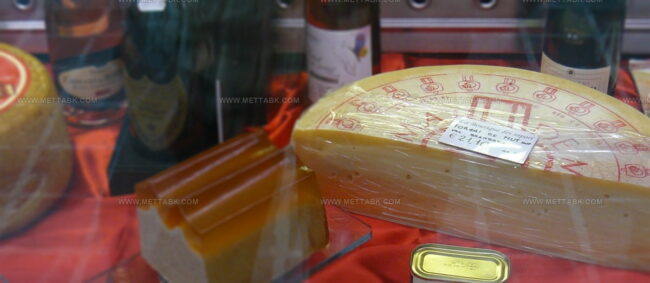
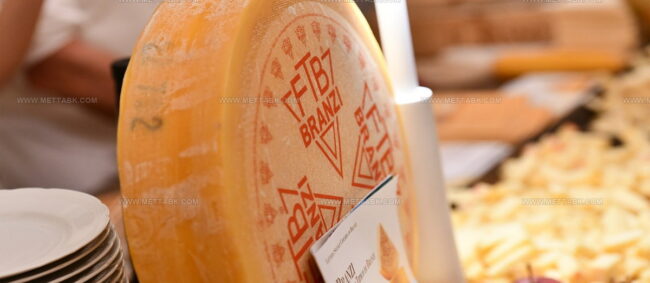
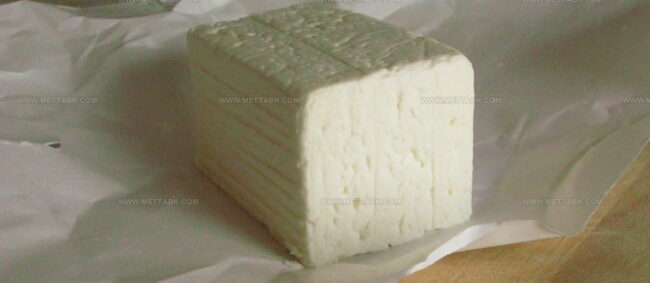
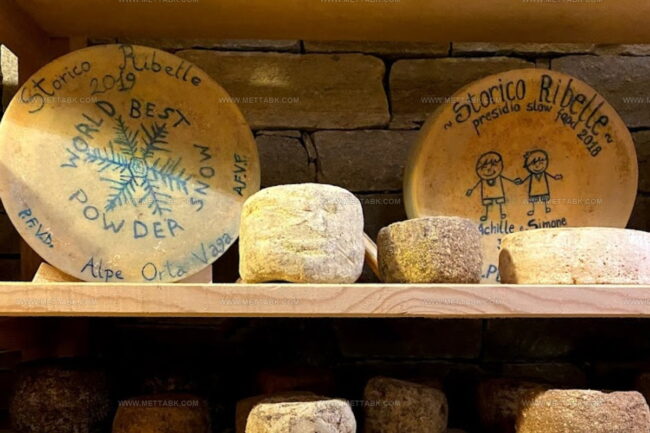
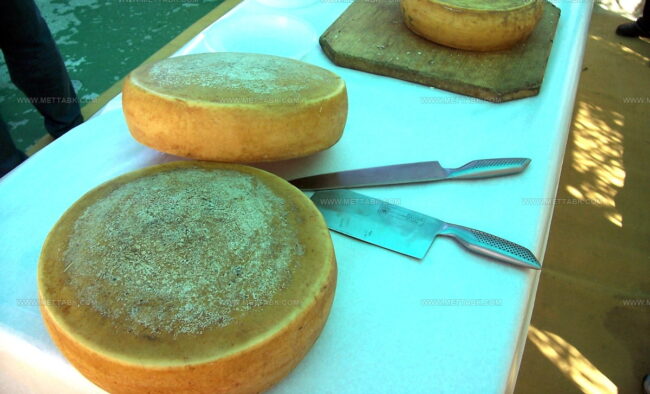
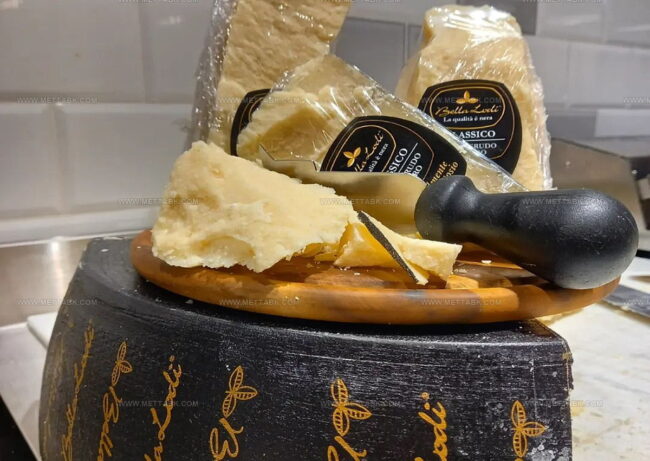
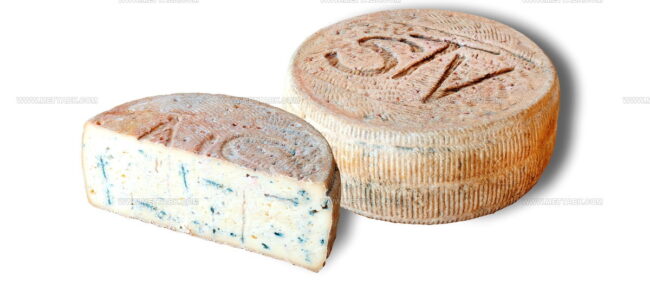
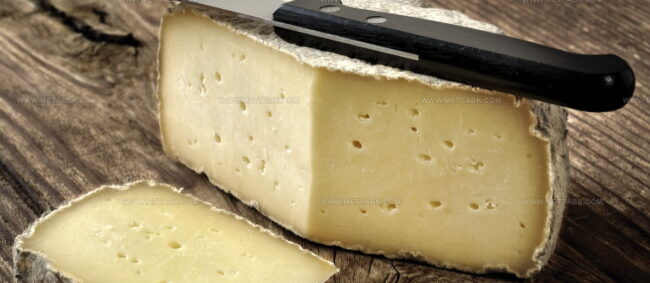
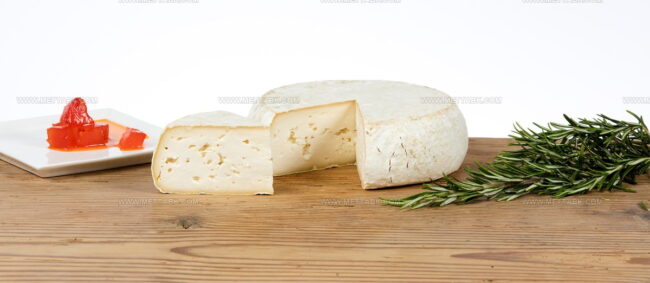

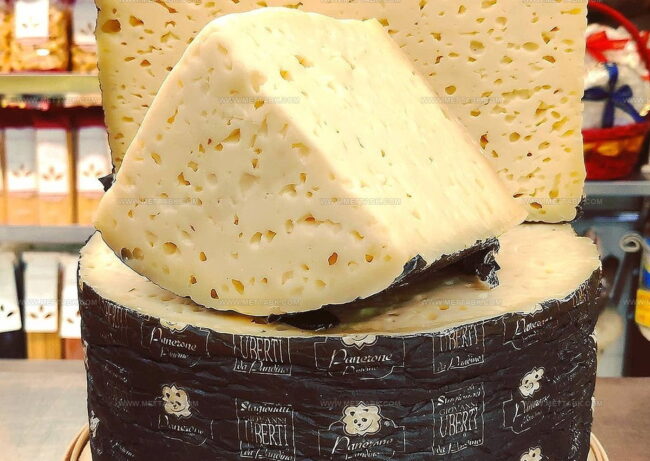

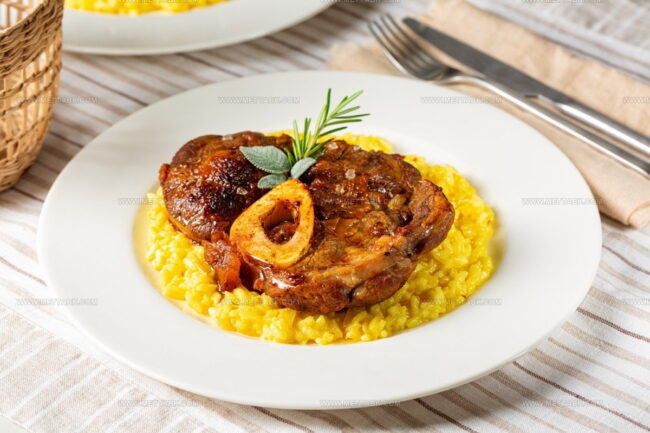
Clara Bennett
Contributing Recipe Developer & Food Writer
Expertise
Baking and Pastry Development, Gluten-Free and Allergy-Friendly Recipe Creation, Culinary Storytelling and Food Journalism, Recipe Testing and Standardization, Southern Comfort Foods and Modern Twists
Education
Sullivan University – National Center for Hospitality Studies
Associate Degree in Culinary Arts
Focus: Baking and Pastry Arts, Recipe Testing, and Culinary Journalism.
Clara specialized in crafting desserts that blend classic Southern comfort with modern techniques, while developing strong writing skills to tell the story behind every dish.
Lane Community College (Certificate Program)
Certificate in Food Writing and Photography
Focus: Culinary storytelling, recipe formatting, food styling, and visual presentation.
Clara’s love of baking started young, powered by homemade pies, biscuits, and stories passed around the family table.
After earning her degree at Sullivan University and a food writing certificate at Lane Community College, she turned her passion into a craft: sharing recipes that are simple, soulful, and always full of heart.
She’s big on bold flavors, flexible ideas, and creating sweets that fit any table (yes, even if you’re gluten-free). When she’s not baking, you’ll find her wandering farmers’ markets, styling food for the next photo shoot, or working on her ever-growing recipe journal.